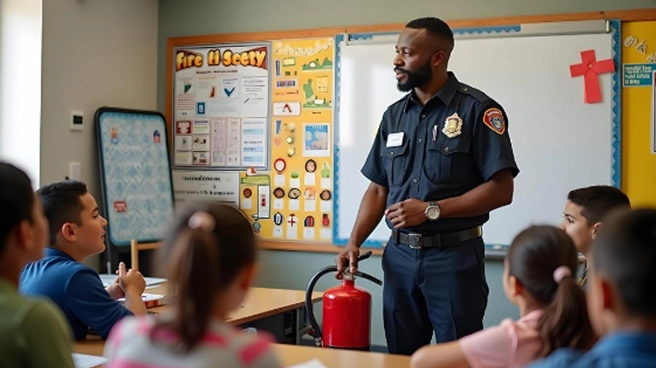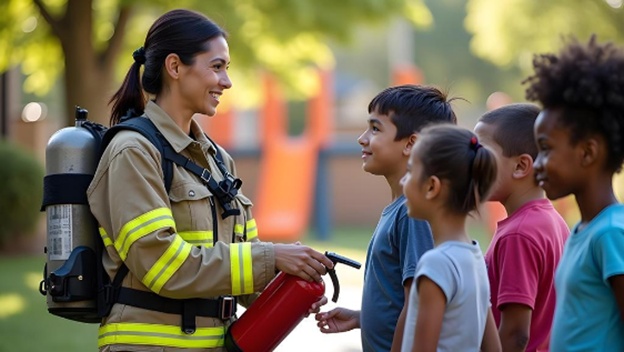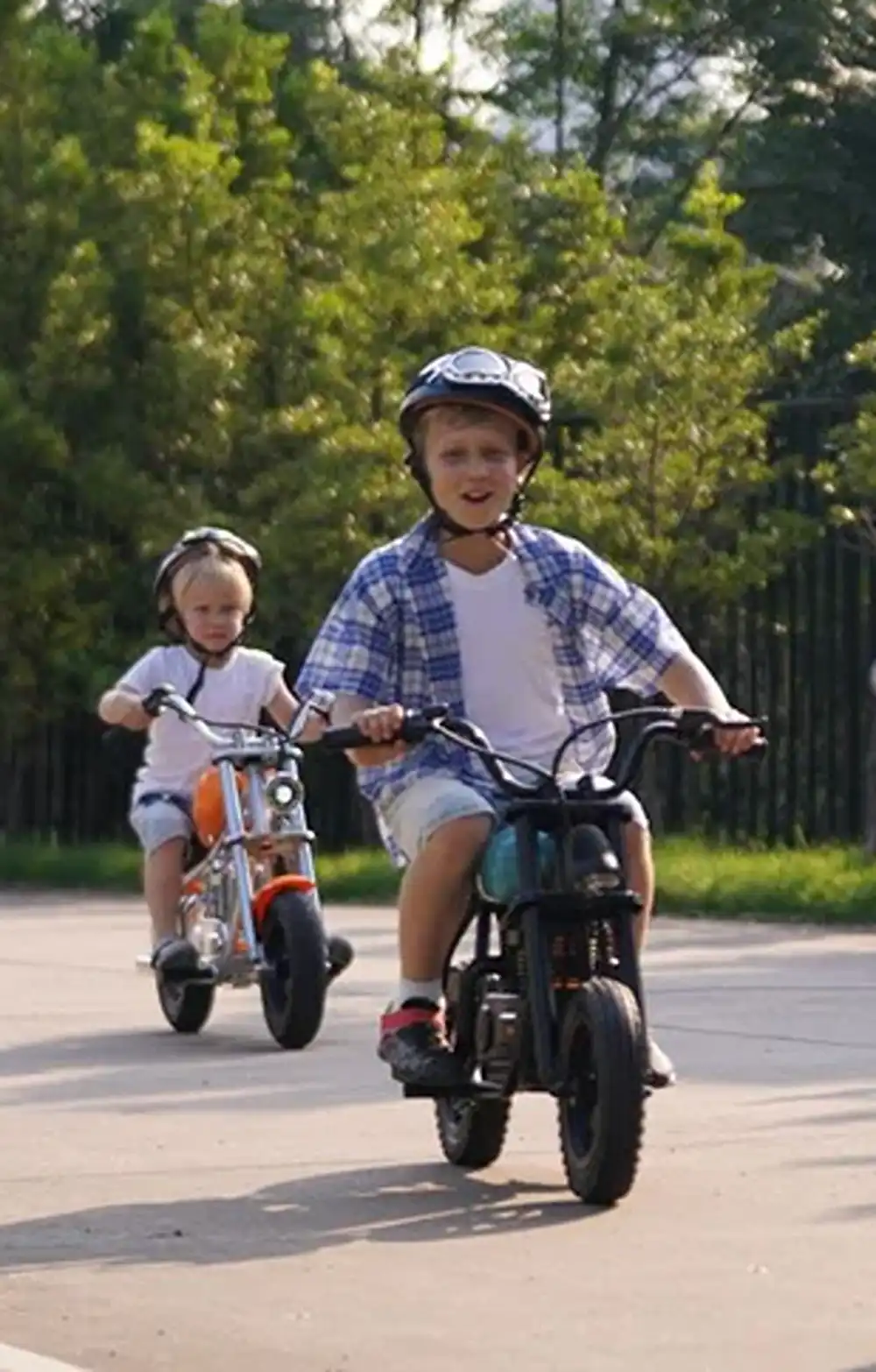Nurturing Lifelong Learners from Crib to Career
The world around us is a symphony of innovation, a testament to human ingenuity driven by the principles of science, technology, engineering, and mathematics. From the smartphones in our pockets to the towering skyscrapers that dot our horizons, STEM education underpins our modern existence.
Yet, for many, the concept of STEM still conjures images of complex consequences and sterile laboratories, far removed from the joyful chaos of childhood. This perception, however, couldn’t be further from the truth. In reality, a truly effective STEM journey is a seamless progression, beginning not in a classroom, but in the earliest moments of a child’s life, subtly shaping their innate curiosity into a powerful foundation for lifelong learning.
STEM in Infancy
Imagine a newborn, hands grasping at the air, eyes tracing the path of a mobile above their crib. This isn’t just adorable; it’s the nascent stage of scientific inquiry. They are exploring cause and effect, developing spatial awareness, and beginning to understand the world through sensory input. This fundamental exploration, often dismissed as mere play, is the very bedrock of STEM. A preschooler observing a worm after a rain shower, asking “Why?” is embarking on a scientific investigation. These seemingly simple interactions are the first delicate threads in a rich tapestry of understanding, each one building upon the last.
Nurturing Curiosity
The beauty of a truly seamless STEM journey lies in its inherent naturalness. It’s not about forcing complex concepts onto tiny minds, but rather about recognizing and nurturing the inherent STEM inclinations that children possess from birth. Think about how a baby experiments with gravity by dropping a spoon repeatedly from their high chair. They are conducting an experiment, observing the consistent outcome, and drawing conclusions about how the world works. This isn’t taught; it’s discovered through boundless curiosity.
As they grow into preschoolers, this curiosity can be gently guided and expanded. A child who learns about buoyancy by floating leaves in a puddle is more likely to grasp the principles of displacement later in a physics class. The tactile experience of building a sandcastle, complete with moats and turrets, provides an intuitive understanding of structural integrity that textbooks might struggle to convey.
The Progressive Nature of Learning
This progressive nature is crucial. Each developmental stage presents unique opportunities to deepen a child’s understanding of STEM principles, not as isolated subjects, but as interconnected facets of reality. In the infant and toddler years, the focus is on sensory exploration, cause and effect, and foundational problem-solving through play. As children enter preschool, the learning becomes more structured, yet remains play-based. Here, they might engage in simple experiments with magnets, explore patterns with colorful beads, or use measuring cups in a pretend kitchen.
These activities are designed to build upon their earlier discoveries, introducing new vocabulary and refining their observational skills. They are learning to hypothesize, to test, and to refine their ideas, all while having fun. This period is particularly vital, as it’s where a love for discovery can truly take root, or sadly, begin to wither if not properly nurtured.
Choosing the Right Preschool: A Parent’s Guide
For parents navigating the myriad of preschool options, this understanding of a seamless STEM journey becomes a powerful guiding principle. It’s not simply about choosing a preschool that says it offers STEM. It’s about seeking out environments that genuinely integrate these principles into their everyday activities, recognizing that STEM is not a separate subject but an approach to learning.
- Do the teachers encourage open-ended play with blocks and construction materials?
- Are there opportunities for messy exploration with water, sand, and natural elements?
- Do they foster a sense of wonder and inquiry, encouraging children to ask “why” and “how”? Are they teaching children to think critically, solve problems, and collaborate, rather than simply memorize facts?
These are the hallmarks of a preschool that understands and prioritizes a holistic, developmental approach to STEM. Thorough research, asking probing questions during tours, and observing classrooms in action become paramount. Parents should look for programs that celebrate experimentation, even when it leads to unexpected outcomes, and that provide a rich array of materials that invite exploration and discovery. The right preschool can be a vital bridge, smoothly transitioning a child from the intuitive learning of infancy to the more structured, yet still joyful, exploration of elementary school.
Building on Early Foundations in School-Aged Years
As children move into their school-aged years, the formal introduction of STEM subjects begins, but the continuity from their earlier experiences is what truly empowers them. A child who has spent years building, experimenting, and questioning will approach mathematics with greater confidence, seeing it as a tool for understanding patterns and solving real-world problems. They will view science not as a collection of facts to be memorized, but as an ongoing process of discovery.
Engineering will feel like a natural extension of their early construction play, and technology will be seen as a powerful enabler of creation and communication, rather than just a source of entertainment. The early foundations in critical thinking, problem-solving, and collaboration become invaluable as they tackle more complex challenges, from designing a solar-powered car in a robotics club to analyzing data for a science fair project.
STEM Through Adolescence and Beyond
The seamless flow continues into adolescence and beyond. A high school student, having been immersed in this continuous journey of inquiry and discovery, is more likely to pursue advanced STEM courses, seeing them not as daunting hurdles but as exciting pathways to understanding and innovation. They appreciate the interconnectedness of disciplines, understanding that a chemist might need to apply principles of physics, or an engineer might rely on advanced mathematical models. This deep-seated appreciation for STEM, fostered from the earliest moments, is what ultimately inspires future scientists, engineers, technologists, and mathematicians who will drive progress in the years to come.
Ultimately, a seamless STEM journey is about cultivating a mindset. It’s about fostering curiosity, encouraging critical thinking, embracing failure as a learning opportunity, and recognizing that every interaction, every question, and every playful exploration can be a step forward in understanding the intricate workings of our world. It’s about moving away from the idea that STEM is a specialized domain for a select few and embracing the reality that its principles are woven into the very fabric of our daily lives.
By prioritizing this holistic, progressive approach from infancy through adulthood, we empower the next generation not just to understand the world, but to confidently and creatively shape its future. This collaborative effort, beginning in the home, extending into thoughtfully chosen preschools, and continuing through formal education, is the true pathway to unlocking humanity’s full innovative potential.











